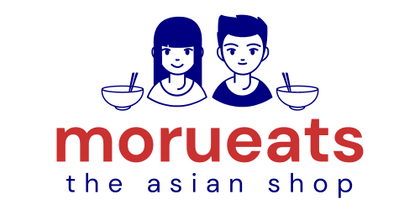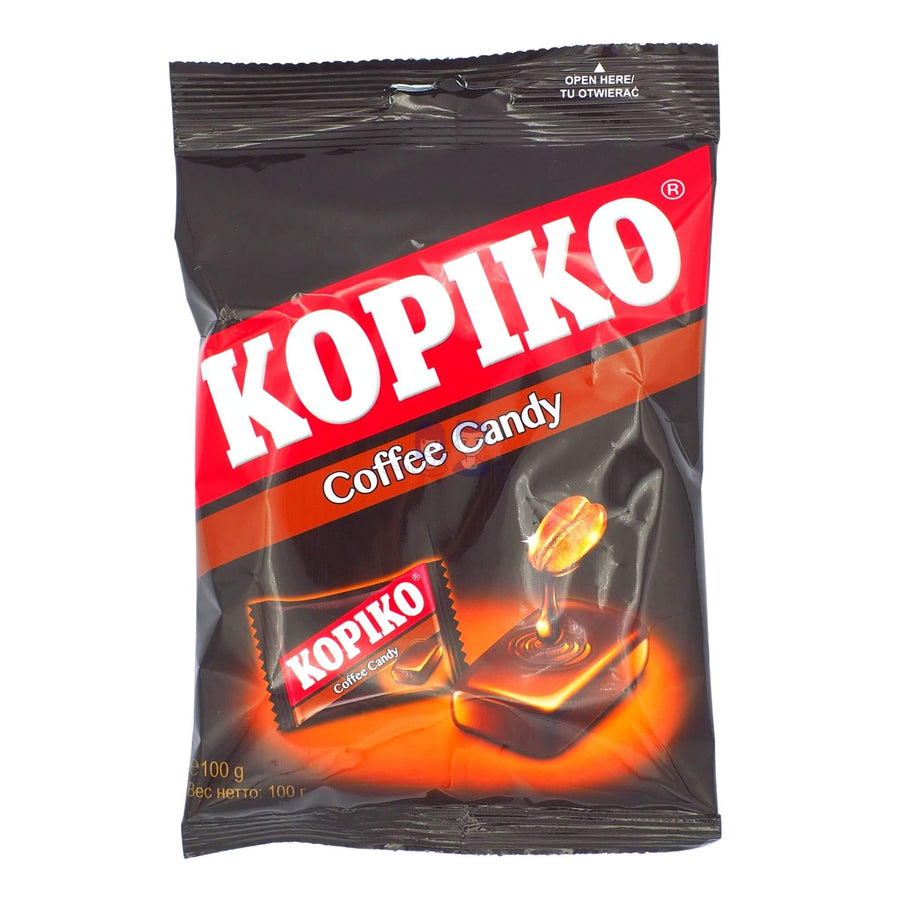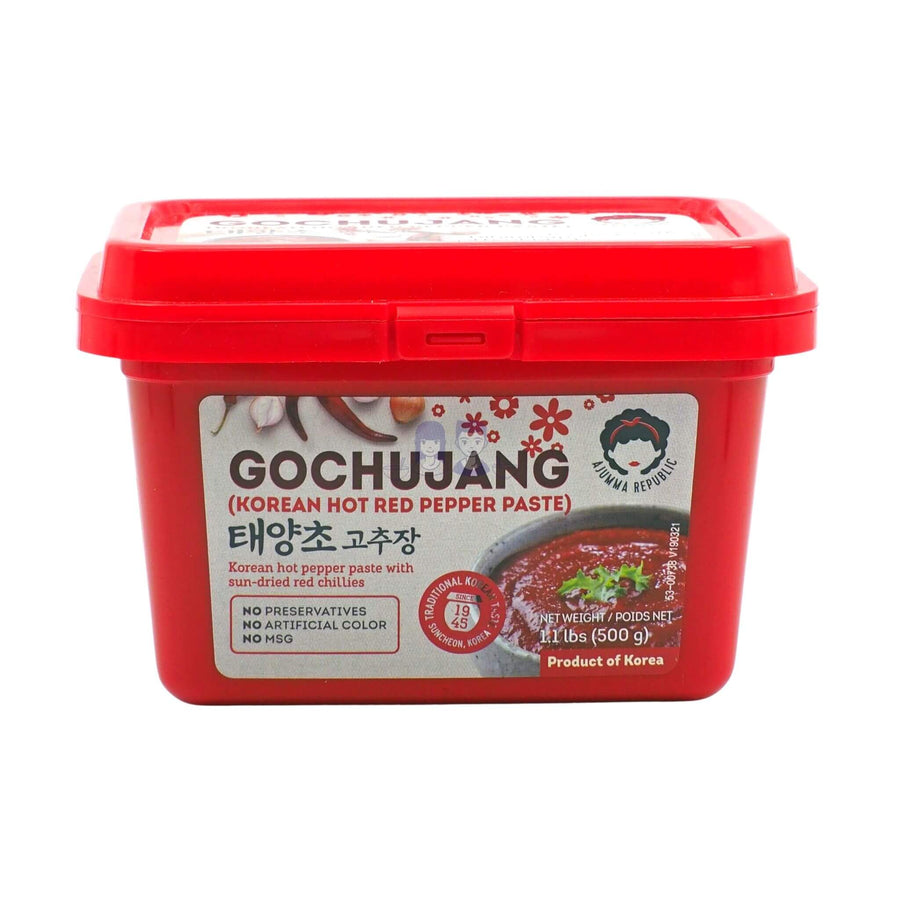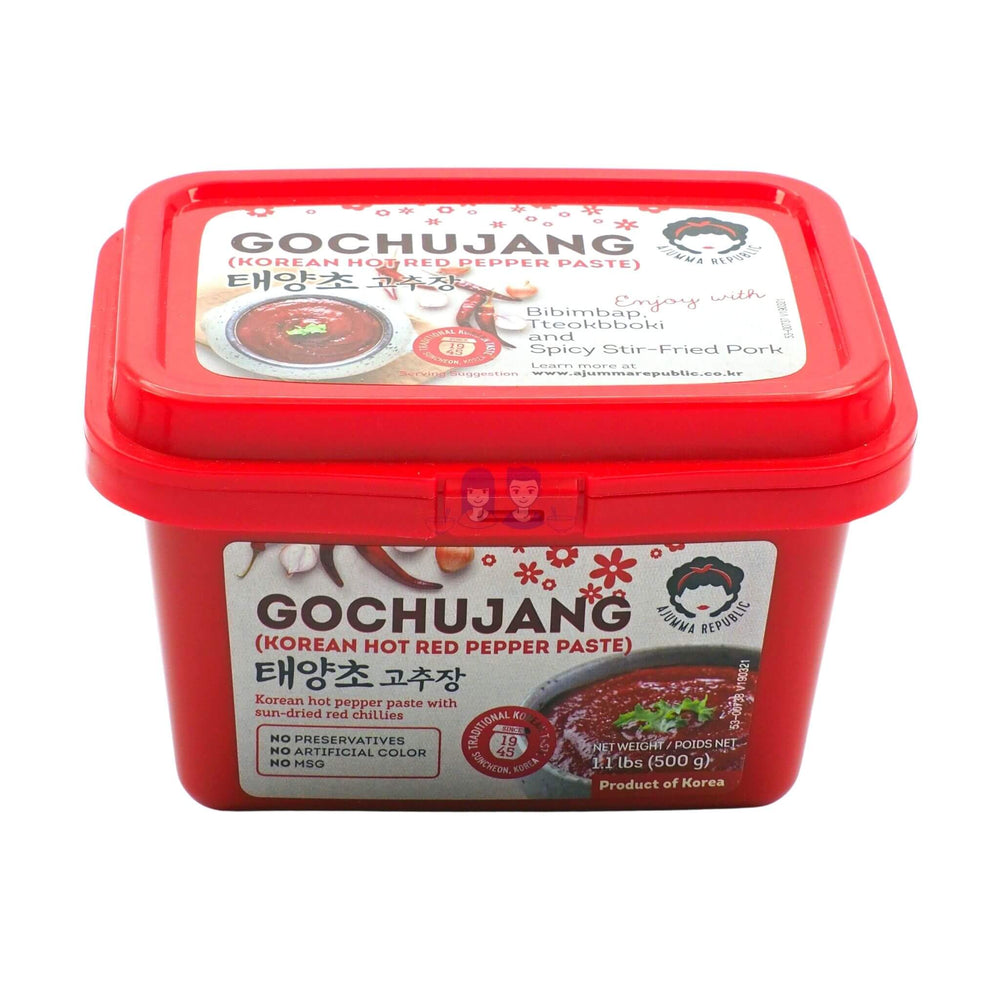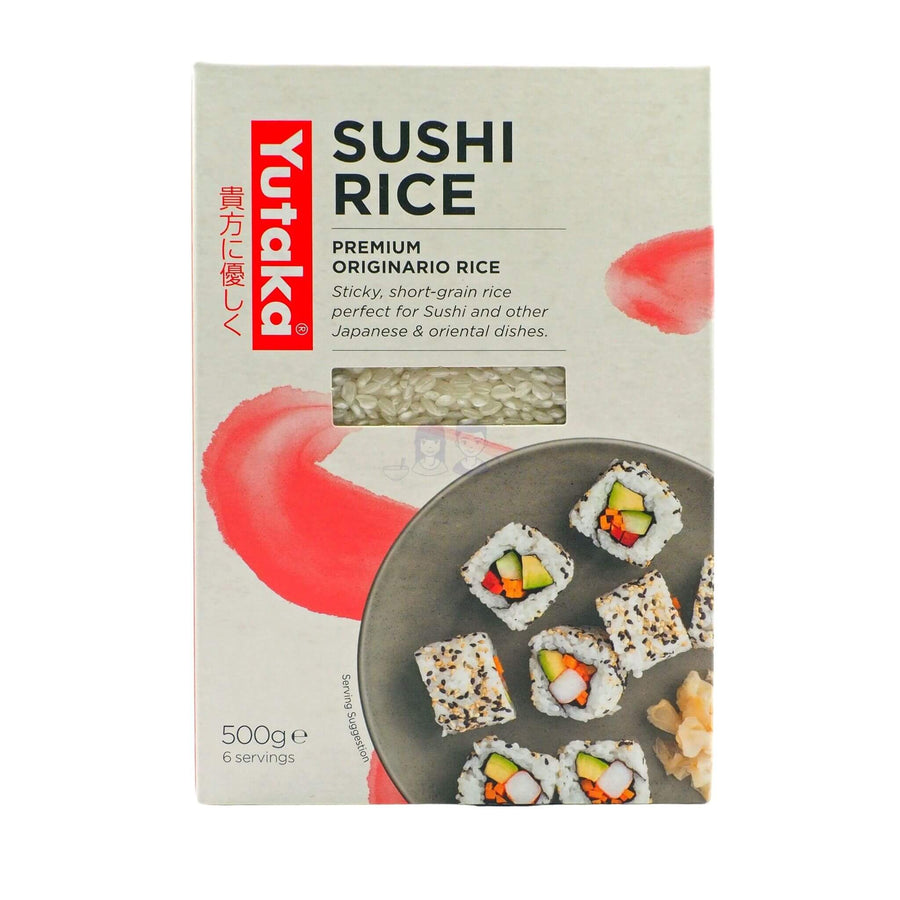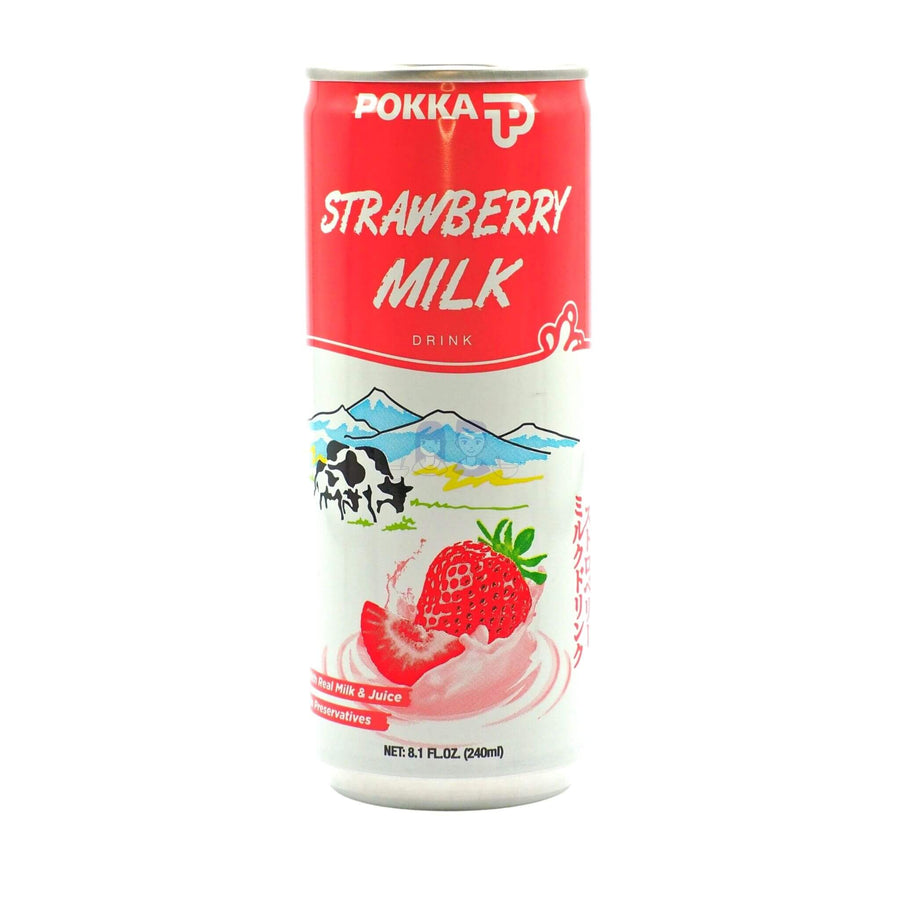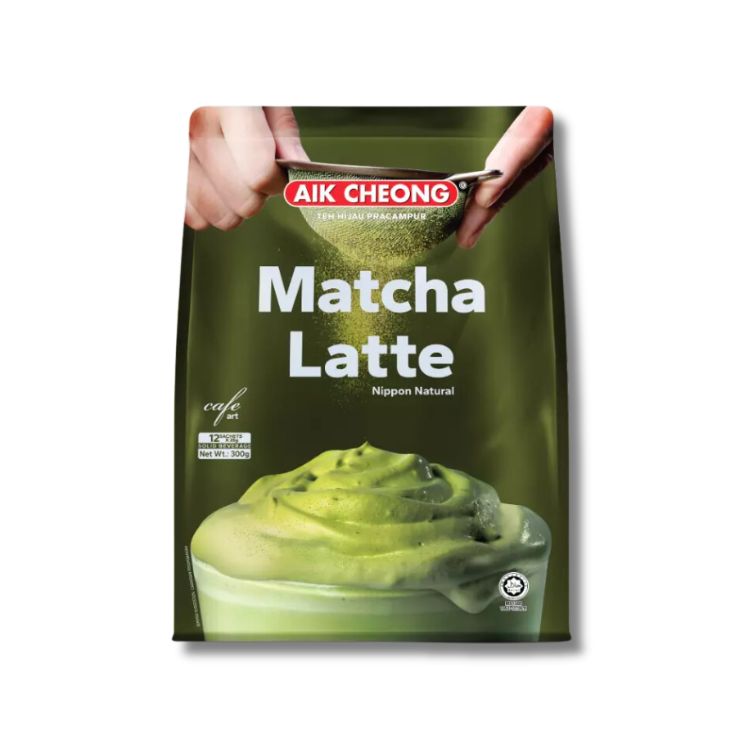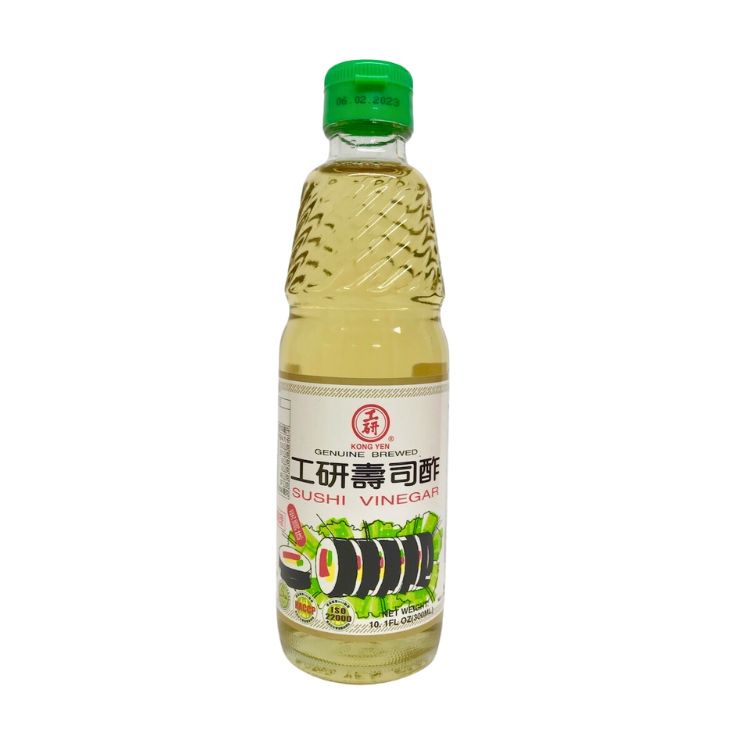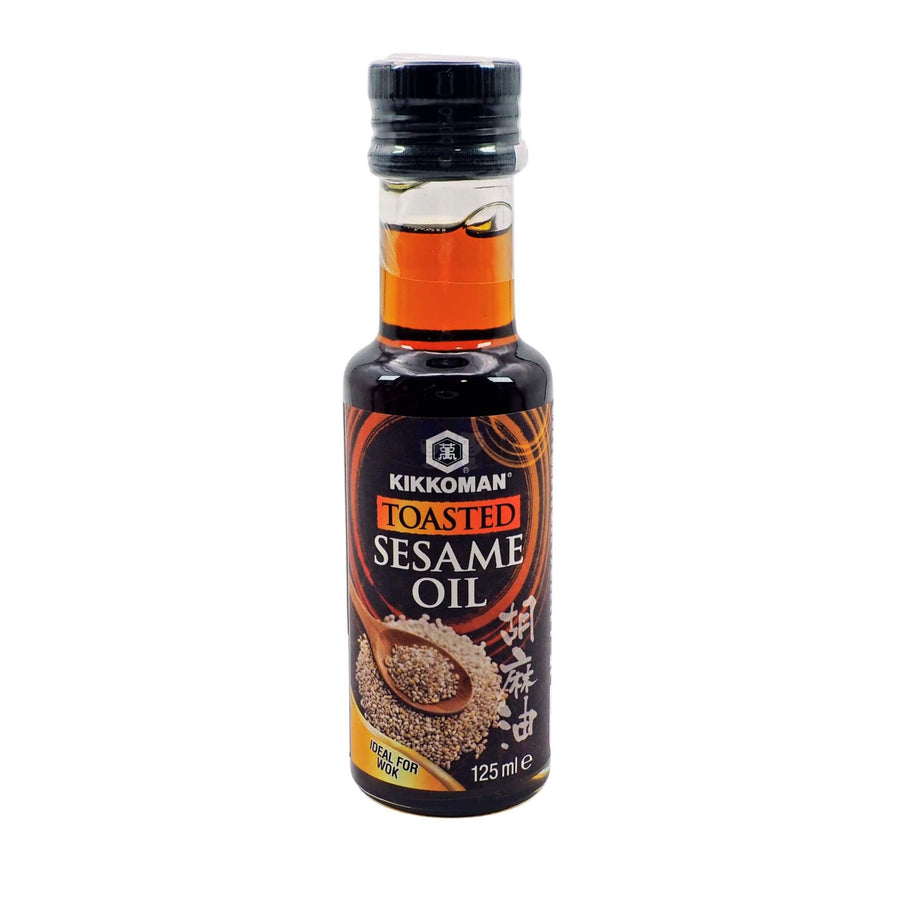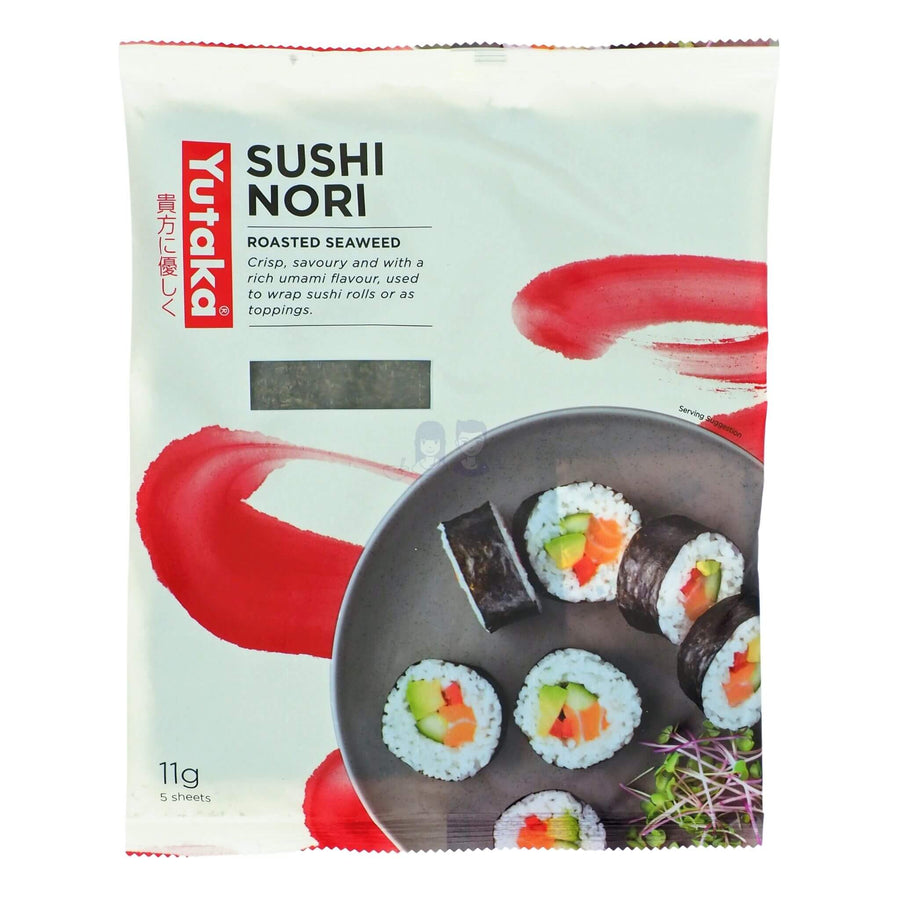21 Essential Korean Ingredients For Your Pantry
Korean cuisine is in vogue thanks to its bold flavours, healthy ingredients and the popularity of Korean culture. In recent years, dishes such as kimchi, bibimbap and bulgogi have captivated taste buds worldwide. In doing so Korean food has leaped into the global spotlight.
As food is only as good as the ingredients used, here are 21 essential Korean ingredients we believe every good pantry should have. These ingredients form the backbone of Korean cooking, allowing you to create authentic dishes and flavours in your kitchen.
→ Shop now: Our handpicked range of Korean pantry products
Sauces and condiments
#1 Regular soy sauce (Whe Ganjang)
You've almost certainly heard the first ingredient on the list, soy sauce, which is perhaps the most well-known of all Asian sauces. However, did you know there are several types of soy sauce used in Korean cooking?
There are two main types of regular soy sauce which are widely used in Korean cuisine: Naturally Brewed (Yanjo Ganjang) and Blended (Jin Ganjang). Both are said to originate from Japan and are black and sweet.
Yanjo Ganjang is naturally brewed and the higher grade of the two but also the more expensive. It is both darker and sweeter than Jin Ganjang, a regular, multi-purpose soy sauce which is usually a blend of chemically produced soy sauce and Yanjo Ganjang.
Regular soy sauces are great for stir-frying and marinating. They're also ideal for braising and grilling and are also a popular dipping sauce.

→ Shop now
#2 Traditional soy sauce (Guk Ganjang)
Traditional soy sauce (guk ganjang) is the original Korean soy sauce with thousands of years of heritage. It is saltier, smoother and lighter in colour compared to regular soy sauce.
In Korean, 'Guk' means soup, so there are no prizes for guessing that the most common application for this sauce is in soups. It's also used to add flavour to namul and michim dishes.
#3 Chilli pepper paste (Gochujang)
Chilli pepper paste (gochujang) is a red, savoury and spicy paste made from Korean red chilli peppers (gochugaru), fermented soybean powder (meju garu), sweet rice (chapssal), barley malt (yeotgireum), and salt. This fermentation process gives gochujang its unique depth of flavour and a touch of sweetness, making it an indispensable ingredient in Korean cuisine.
Gochujang is one of our favourite Korean ingredients to use when we're cooking because we like to add a little spice to our meals. However, gochujang is not just about heat, it's a fantastic way to enrich dishes with an exciting and complex flavour profile.
It is essential in iconic Korean dishes like bibimbap and tteokbokki and is widely used to marinate meats, flavour stews like kimchi jjigae, and enhance Korean sauces and dressings. We recommend starting by trying some simple Gochujang recipes including for Korean BBQs. The possibilities are endless!

→ Shop now
#4 Soy bean paste (Doenjang)
This popular Korean ingredient is made from fermented soy beans and is very popular in Korean cuisine. One way you can use doenjang in your cooking is to use it as a condiment in soups, stews, and marinades. What we like most about doenjang is it's versatility and strong, savoury flavour.

→ Shop now
#5 Spicy dipping sauce (Ssamjang)
Spicy dipping sauce (ssamjang) is a type of Korean BBQ sauce which combines a slightly spicy and salty flavour with a nutty fragrant. We find it the perfect accompaniment for meat dishes and especially belly pork. Ssamjang is relatively straightforward to make as you only need the following ingredients: sesame oil, onion, garlic, chilli paste and soy bean paste.

#6 Rice wine (Mirim)
Rice wine, known as mirim in Korea, is equivalent to Japanese mirin. It is sweet ingredient made from fermented rice and most commonly used to tenderise and enhance the flavours of meat and fish dishes. It is also commonly used in meat marinades including kalbi and bulgogi.

→ Shop now
#7 Fish sauce (Aecjeot)
Fish sauce (aecjeot) is a popular ingredient in Korean cuisine, as an umami-rich condiment made from fermented small fish such as anchovies and salt. It's a staple ingredient in many Southeast Asian cuisines and can be found in most Asian grocery stores.
In authentic Korean cuisine, fish sauce is a popular choice for adding flavour to dishes such as stews, soups, sauces, and marinades. Additionally, it's often used as a dipping sauce for grilled meats and vegetables, providing a salty and savoury flavour that perfectly complements grilled meats.
Whether you're a seasoned chef or just starting to experiment with Korean cuisine, fish sauce is a must-have ingredient for anyone looking to add a bit more depth and complexity to their dishes.

→ Shop now
Spices, Seasonings, and Condiments
#8 Ginger (Saeng gang)
Ginger (saeng gang) is a root vegetable that is widely used in Korean cuisine, as well as in many other cuisines around the world. It is used in a wide range of Korean dishes including soups, stews, marinades, sauces and stir-fries. Ginger is not only tasty but also has great health benefits.
#9 Garlic (Maneul)
Using garlic (maneul) is a no-brainer in Asian cuisine, especially many Korean dishes that turn to maneul for its nutty and spicy flavour. Although it is commonly used in soups, stews, sauces, and marinades, we personally love to use it when stir-frying Korean dishes.

#10 Chilli pepper powder (Kochukaru)
Chilli pepper powder (kochukaru) is the Korean name for chilli pepper powder, which is one of the key Asian spices made from dried and ground chilli peppers. It is commonly used in Korean cuisine to add heat and flavour to dishes such as topokki rice cakes, and is a staple ingredient in many traditional Korean sauces and marinades.
The spiciness of chilli pepper powder can vary greatly depending on the type of chilli pepper used and how it was processed, so it is important to taste a small amount before using it in a recipe. Be mindful of this when you’re cooking for your children or when you have friends coming over that can’t handle a lot of spice. Kochukaru is also used as an ingredient in gochujang.

#11 Ground black pepper (Huchu)
Ground black pepper adds a bold, spicy kick to any dish. Personally, we love using it as a seasoning for a variety of foods. In Korean cuisine, it's a common ingredient used in marinades for barbecued meats.

Vegetables and herbs
#12 Scallions or green onions (Pa)
Scallions or green onions (Pa) are mild-flavoured onions that come with tender green stalks. Pa is used to add flavour and colour to your Korean dishes being a common ingredient in dishes such as bibimbap, kimchi and japchae. You can consume 'pa' either raw or cooked.

#13 Fermented Vegetables (Kimchi)
Kimchi is the Korean name given to a popular side-dish containing salted and fermented vegetables. Although a range of vegetables can be used, the most common are napa cabbage or a Korean radish. To give it a deep flavour, seasonings such as gochujang (chilli pepper paste), garlic, spring onions, and ginger are frequently added.
Kimchi is much more than just a spicy side-dish, it's a staple of Korean cuisine with a history spanning centuries. This probiotic-rich food not only adds a spicy and tangy kick to meals but also offers numerous health benefits. Kimchi is an essential item for your pantry as it can be eaten as a side-dish in pretty much any Korean meal, as well as in stews and soups.

→ Shop now
Oils and fats
#14 Sesame seed oil (Chamgeereum)
Sesame seed oil (chamgeereum) is a sweet and nutty cooking oil which is widely used in traditional Korean cooking. Besides cooking, we would highly recommend using it when making your sauces, marinades or dressings. Chamgeereum is best when made from 100% whole sesame seeds and you can usually check this by looking at the label on the container.

#15 Perilla oil (Deulgireum)
Perilla oil (deulgireum) is a popular ingredient in some Korean vegetable dishes which is made through the cold-pressing of perilla seeds,
When compared to its substitute sesame oil, perilla oil is prized for its fresh, natural and nutritious composition. However it comes with a shorter shelf life, lasting a maximum of 6 months compared to 2 years for sesame oil.
Despite its shorter shelf life, perilla oil remains a popular choice among Korean cuisine enthusiasts due to its unique flavour and nutritional benefits.

Proteins and seafood
#16 Dried anchovies (Myulchi)
Dried anchovies (myulchi) are crispy, dried anchovies which bring additional depth in flavour to your cooking. The larger anchovies are ideal for making authentic Korean style dashi and the smaller ones for use in salads as well as braised, and stir-fried Korean recipes.

#17 Tofu (Dobu)
Tofu (dobu) is a soybean based ingredient that is very common in Asian food. Although somewhat bland by itself, it does a very good job of absorbing a lot of flavours. we find that tofu goes well in a variety of Korean dishes such as: stir-fried dishes, soups, stews and more.

→ Shop now
Toppings and extras
#18 Roasted sesame seeds (Bokken chamggae)
Roasted sesame seeds (bokken chamggae) are most commonly used as a garnish or condiment, adding a nutty flavour and crunchy texture to your meal.

→ Shop now
#19 Dried seaweed (Gim)
Dried seaweed (gim) is a type of edible seaweed that Koreans use in snacks and many Korean dishes. Considered a healthy food, gim is versatile. You may see it in a range of dishes including as a side-dish where it may be toasted with sesame oil, or in Korean rice rolls (gimbap) where it is used to make the outer wrap. If you're like us, you may also like to try dried seaweed snacks.

Noodles and rice
#20 Noodles (Jajangmyun, Somyun and Dangmyun)
There are various types of noodles in Korea. Two of the most popular include thick wheat noodles (jajangmyun) and Korean glass noodles (dangmyun)
Jajangmyun is usually served with black bean sauce, diced meat such as pork, and a mixture of vegetables. Dangmyun is often served in a refreshing cold broth and topped with an array of ingredients such as tender sliced beef, boiled eggs, and crispy cucumber slices.

→ Shop now
#21 Rice (Ssal)
Rice (ssal) is a Korean staple. There are several types which are used for different purposes. There's short-grain white rice which is great for everyday cooking and short-grain brown rice which is popular for its nutritional content. There's also glutinous rice which is often referred to as sticky rice, wild short-grain rice, and more.

→ Shop now
How to Start Stocking Your Korean Pantry
Starting to build your Korean pantry can seem daunting, but it's easier than you think. Begin by selecting a few key ingredients from each category that you see yourself using frequently. Consider staples like soy sauce, gochujang, sesame oil, garlic, and short grain rice. With these essentials, you'll be well on your way to creating delicious Korean dishes at home in no time.
Final Word
In our opinion, anyone who wants to elevate their Korean cooking game needs to consider having many of these essential Korean ingredients in their pantry.
From rich sauces like soy sauce and gochujang, to staple ingredients such as short grain white rice and tofu, these ingredients will give you the flexibility to whip up a variety of traditional Korean dishes with ease.
Whether you're a seasoned cook or just starting, these ingredients are versatile, nutritious, and bring a unique and robust flavour to any dish.
By stocking up on these essentials, you'll not only broaden your culinary horizons but also can create mouth-watering and authentic Korean meals right in your kitchen.
At Morueats, we're passionate about bringing these authentic ingredients straight to your doorstep. Our carefully curated selection ensures you have access to the finest Korean products to take your cooking experience to the next level.
